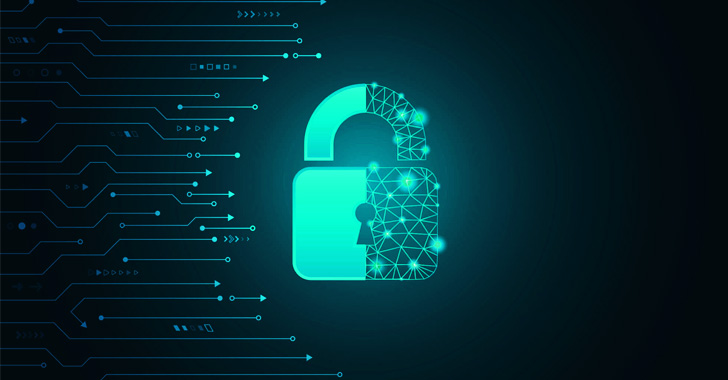
Security has become a major concern since the internet's inception. The requirement to safeguard computational infrastructure has grown in importance with the sudden increase of people, devices, and applications in the contemporary world. The interconnectedness and interdependence of current computing systems, along with the rising deluge of data, most of which is sensitive or confidential, has led to more sophisticated cyber-attack strategies.
What is Cyber Security?
Cybersecurity (information security), is the act of ensuring the integrity, confidentiality, and availability of information. This technique of protecting computers, servers, electronic systems, mobile devices, networks, and data from hostile intrusions is known as cyber security. These cyberattacks aim at gaining access to, altering, extorting money from users, destroying sensitive data, or disrupting normal corporate activities. It is often referred to as Information Technology security or electronic information security. The goal of cyber security is to keep cyberspace safe from attacks, specifically cyber threats.
Importance of Cyber Security
Cybersecurity is essential because it safeguards all types of data against theft and loss. Sensitive data, personally identifiable information (PII), personal information, protected health information (PHI), intellectual property data, and governmental and industry information systems all fall under this category. It is important and in everyone's best interests to have strong cyber defense systems and methods in place to protect sensitive data. As individual cyber security threats can result in identity theft and extortion attempts, which can cause serious damage to a person's life. Organizations and corporations, governments, the military, and other socially critical organizations are all in the same boat. They store massive amounts of information in computers, data warehouses, and other devices. This data includes a lot of sensitive information, exposure of which can lead to some serious repercussions.
The CIA Triad
The CIA triad (confidentiality, integrity, and availability) is a framework for guiding information security policy inside an organization. To prevent confusion with the Central Intelligence Agency, it is often referred to as the AIC triad (availability, integrity, and confidentiality). These three concepts, when taken together, form the foundation of any organization's security architecture; moreover, they serve as goals and objectives for every security program. The CIA triad is so essential to information security that whenever data is spilled, a system is attacked, an account is hijacked, a user falls victim to phishing, a website is intentionally taken down, or any number of other security breaches occur, you can be confident that one or more of these principles has been violated.
Confidentiality
People must shield their sensitive and private information from unauthorized access in today's world. It is necessary to be able to define and enforce appropriate access levels for information in order to protect confidentiality. In certain circumstances, this entails sorting information into different collections according to who needs access to it and how sensitive data is - that is, the degree of damage that would be caused if the confidentiality were to be compromised. Access control lists, volume and file encryption, and Unix file permissions are some of the most prevalent ways to handle confidentiality.
Integrity
Integrity is an important aspect of the CIA Triad because it protects data from unauthorized deletion or modification. It also assures that if an authorized individual makes a change that should not have been made, the damage can be recovered.
Availability
This is the final part of the CIA Triad, and it refers to your data's actual availability. Authentication techniques, access channels, and systems must all function properly in order to protect information and ensure that it is available when it is needed. High-availability systems are computer resources with architectures tailored to increase availability. This may target hardware failures, upgrades, or power outages to help enhance availability, or it may manage many network connections to route around various network outages, depending on the exact HA system design.
Common Cyber Security Attacks
Cybercrime: Individuals or groups who attack systems for monetary gain or to cause disruption.
Cyber-attack: Involves politically motivated information collection.
cyberterrorism: To generate panic or dread by damaging electronic systems.
Denial of Service attack (DDOS)
Cybercriminals use denial-of-service attacks to prevent a computer system from fulfilling legitimate requests by flooding networks and servers with traffic, rendering the systems unusable and causing business disruption.
Malware
Malware is software designed by a cyber-criminal or hacker to disrupt or damage the computer of a legitimate user. Trojans, spyware, ransomware, Viruses, adware, and botnets are examples of malware.
Phishing
Attackers send emails to victims that look to be from a legitimate company and seek for personal information.
Social Engineering
It is the psychological manipulation of people in order to obtain confidential information.
Conclusion
As mentioned in the article, the concepts of cybersecurity are the fundamental building blocks when it comes to cybersecurity education. Educating resources about the importance of security will help strengthen an organisation and its assets.


























